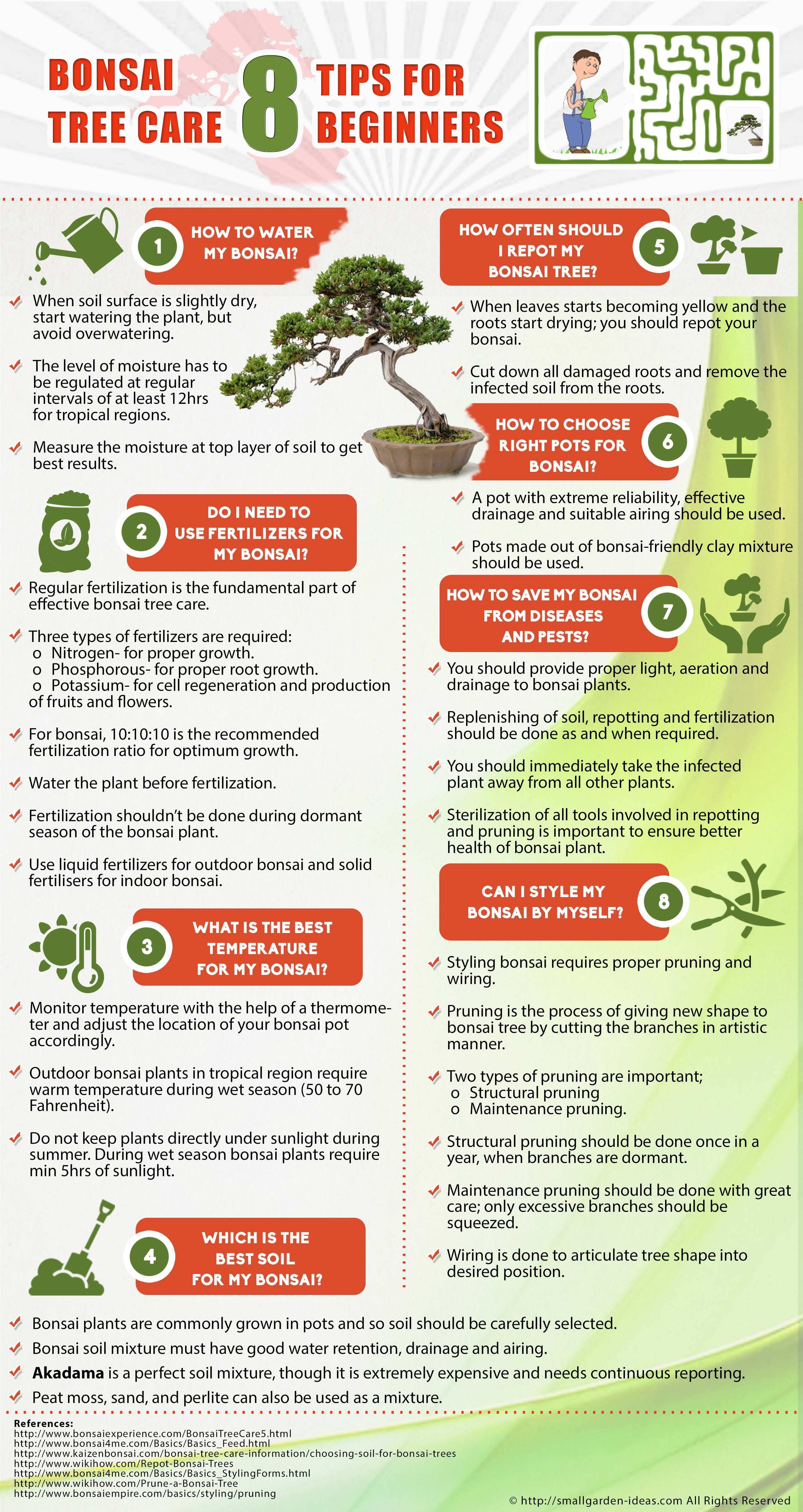Unlocking the Secrets of Bonsai Tree Creation
Bonsai trees have been a source of fascination for centuries, with their miniature yet majestic beauty captivating people around the world. But have you ever wondered how are bonsai trees made? The process of crafting these tiny trees is a delicate balance of art and science, requiring patience, skill, and dedication. Understanding the intricacies of bonsai tree creation is essential to appreciating the beauty and complexity of these miniature masterpieces. By delving into the world of bonsai cultivation, you’ll discover the techniques and principles that govern this ancient art form. From selecting the right tree species to mastering the art of pruning and wiring, every step in the process requires attention to detail and a deep understanding of the tree’s needs. As you embark on this journey, you’ll uncover the secrets of creating a bonsai tree that is not only aesthetically pleasing but also healthy and thriving.
Choosing the Right Tree Species for Bonsai
When it comes to creating a bonsai tree, selecting the right tree species is crucial. With hundreds of species to choose from, it’s essential to understand the characteristics, advantages, and challenges of each. Popular species like Ficus, Juniper, and Maple are often preferred for bonsai cultivation due to their small leaves, adaptability, and ability to thrive in containers. Ficus, for instance, is ideal for beginners, as it’s relatively easy to shape and maintain. Juniper, on the other hand, is a popular choice for its small, scale-like leaves and ability to tolerate drought. Maple, with its stunning autumn colors, is a favorite among bonsai enthusiasts. Understanding the unique requirements and traits of each species is vital to creating a thriving bonsai tree. By choosing the right species, you’ll be well on your way to crafting a beautiful, miniature masterpiece that will thrive for years to come.
How to Select and Prepare the Perfect Bonsai Tree
Selecting a healthy tree with good bonsai potential is crucial to creating a thriving miniature masterpiece. When searching for the perfect tree, look for species with small leaves or needles, as they will be easier to shape and maintain. Consider factors such as the tree’s age, size, and branch structure, as well as its ability to adapt to container growth. Once you’ve chosen your tree, it’s essential to prepare it for bonsai cultivation. This involves pruning the roots and branches to encourage a strong, balanced structure. Potting the tree in a shallow container with well-draining soil will also help to control its growth and promote healthy development. Training the tree through regular pruning and wiring will help to establish its shape and style, ultimately leading to a beautiful, miniature work of art. By understanding how are bonsai trees made, you’ll be able to select and prepare the perfect tree for your next bonsai project.
The Art of Pruning: Shaping Your Bonsai Tree
Pruning is a crucial aspect of bonsai tree creation, as it allows artists to shape and maintain the tree’s structure and aesthetic appeal. Understanding the different pruning techniques and tools is essential to creating a beautiful, miniature masterpiece. There are several pruning techniques used in bonsai cultivation, including pinching, trimming, and cutting. Pinching involves removing new growth to encourage branching, while trimming involves cutting back branches to maintain shape and size. Cutting, on the other hand, involves removing entire branches to create a more balanced structure. By mastering these techniques, bonsai enthusiasts can create stunning, miniature trees that showcase their artistic skills. When learning how are bonsai trees made, it’s essential to understand the importance of pruning in shaping the tree’s design and promoting healthy growth.
Wiring and Shaping: The Key to Bonsai Tree Design
Wiring and shaping are essential techniques used in bonsai tree creation to achieve desired shapes and styles. By understanding how are bonsai trees made, enthusiasts can master these techniques to create stunning, miniature masterpieces. Wiring involves using specialized materials, such as copper or aluminum wire, to shape the tree’s branches and trunk. This process can be used to create a variety of styles, from formal and upright to informal and cascading. Shaping, on the other hand, involves pruning and trimming the tree’s foliage to create a balanced and harmonious design. By combining wiring and shaping techniques, bonsai artists can create unique and beautiful designs that showcase their skills and creativity. Whether you’re a beginner or an experienced enthusiast, mastering the art of wiring and shaping is crucial to creating a beautiful bonsai tree that will thrive for years to come.
Creating a Balanced and Harmonious Bonsai Tree Design
When learning how are bonsai trees made, it’s essential to understand the principles of balance and harmony in bonsai tree design. A well-balanced bonsai tree is aesthetically pleasing and visually appealing, with a harmonious relationship between the tree’s components. Proportion is a critical aspect of bonsai tree design, as it ensures that the tree’s trunk, branches, and foliage are in harmony with each other. Symmetry is also important, as it creates a sense of order and balance in the tree’s design. Visual flow, on the other hand, refers to the way the eye moves through the tree’s design, creating a sense of movement and energy. By understanding these principles, bonsai enthusiasts can create stunning, miniature masterpieces that showcase their artistic skills. Whether you’re a beginner or an experienced enthusiast, mastering the art of balance and harmony is crucial to creating a beautiful bonsai tree that will thrive for years to come.
Common Mistakes to Avoid When Creating a Bonsai Tree
When learning how are bonsai trees made, it’s essential to understand the common mistakes that beginners make when creating a bonsai tree. By avoiding these mistakes, enthusiasts can ensure that their miniature masterpieces thrive and flourish. One of the most common mistakes is over-pruning, which can lead to stress and damage to the tree. Under-watering is another mistake that can cause the tree to become dehydrated and weakened. Poor potting techniques, such as using inadequate soil or pots that are too small, can also hinder the tree’s growth and development. Additionally, failing to provide adequate light and nutrients can lead to weak and spindly growth. By being aware of these common mistakes, bonsai enthusiasts can take steps to avoid them and create beautiful, thriving bonsai trees that showcase their artistic skills.
Mastering the Art of Bonsai Tree Care and Maintenance
To ensure that a bonsai tree thrives and remains healthy, it’s essential to master the art of care and maintenance. When learning how are bonsai trees made, understanding the ongoing care requirements is crucial. Watering is a critical aspect of bonsai tree care, as it needs to be done regularly but carefully to avoid over-watering. Fertilizing is also important, as it provides the tree with essential nutrients for growth and development. Pest management is another key aspect of care, as pests can quickly damage the tree if left unchecked. By understanding these care and maintenance techniques, bonsai enthusiasts can create stunning, miniature masterpieces that will flourish for years to come. Additionally, regular pruning and training are necessary to maintain the tree’s shape and size. By combining these care and maintenance techniques with a deep understanding of how are bonsai trees made, enthusiasts can create truly exceptional bonsai trees that showcase their artistic skills.







:max_bytes(150000):strip_icc()/Bonsai-Juniper-Tree_GettyImages-1191078639-c86fffdd513648b6b2ee0d658710bc7d.jpg)

